Is Amaterasu Oomikami actually a male god? Or a female god? 🤔
A woman (a psychic who can speak to gods) who helped me out over 10 years ago explained to me with a laugh that Amaterasu is not a goddess, but a "man"! And that he speaks very slowly, like singing waka poetry, so it takes a long time and is difficult to understand!?
At the time, all I could think was, "Oh, I see," but deep down I felt frustrated that I couldn't come up with any explanation or proof that he was a male god, not a female one.
However, whenever I see things that treat Amaterasu as a male god rather than a goddess, I think that one day I would like to find some evidence that could prove or explain it, and now that I am finally able to explain it, I have written this article.
The true identity of Amaterasu Omikami - "Hotsuma TsutaeA magnificent story told through the interpretation of
- The original question: Is Amaterasu Omikami a god or a goddess?
- Why is she considered a goddess and what are the questions surrounding it?
- Did Empress Jitō change it? Let's examine this theory.
- The truth told by "Hotsumatsutae"
- What is Ware Battle?
- Background of the Battle
- Characteristics of the battle
- Lessons for today
- summary
- The real truth behind the Ama-no-Iwato incident
The original question: Is Amaterasu Omikami a god or a goddess?
What is generally known
- Ordinary recognition: Amaterasu Oomikami isGoddessIt is believed to be
- An ancient document called "Hotsumatsutae": The same god is called "Amaterasu"Male GodIt is written as
- The big mystery: Why are the same gods recorded with different genders?
Why is she considered a goddess and what are the questions surrounding it?
The reason she is called a goddess
From the name:"Oohirumemuchi"M" used to represent a woman.
Description from the Kojiki:Her younger brother Susanoo calls her "big sister."
Activity details:They are depicted doing feminine tasks such as weaving.
But wait a minute! Isn't that strange?
- The Yin-Yang Concept: The sun is "Yang" and masculine. The moon is "shadow" and is considered feminine.
- Looking around the world: Most sun gods in other countries are male.
- The Mystery of the Imperial Family: Isn't it strange that the Imperial family has continued through the male line, so its origin is a goddess?
- Description of the Gion Festival: Actually, she is depicted as a man.
Did Empress Jitō change it? Let's examine this theory.
A commonly-held theory
Could it be that Empress Jitō (a female emperor) changed a male god into a female god to justify her own female identity?
But there's a problem with this theory...
- The personality of Empress Jitō:He is a very talented and realistic person. He doesn't seem like someone who would do something so reckless.
- Thoughts on successors: The person who was thinking of the next emperor was a man (son or grandson).
- Timing issuesThe Nihon Shoki was created more than 10 years after Empress Jito's death.
The truth told by "Hotsumatsutae"
What kind of god is Amaterasu?
| Birth Date | Born in a mysterious egg-like form on Mount Fuji |
| name | "Wakahito" (young man), clearly a male name |
| personality | A very brave and calm ruler. |
| marriage | He married a goddess named Princess Seoritsu as his legal wife. |
An episode of the god Amaterasu's bravery
Fighting the traitors
『Hotsuma TsutaeIn the film, Amaterasu is portrayed as a very brave god who serves on the front lines in many battles.
white people(White person)and the National IncidentWhen bad guys appear who are committing taboos that should never be done.
The conspiracy of sisters Mochiko and Hayako: Fighting against sisters who plotted to overthrow the state in order to become the legal wife
We'll fight: A great war in which twisted people spread throughout Japan
In these battles, Amaterasu is always at the forefront, fighting and solving problems with calm judgement, and is portrayed as a very reliable leader.
"We'll fight"We will explain in detail about this.
What is Ware Battle?
We'll fightThat is,Hotsuma TsutaeThis was a large-scale civil war in ancient Japan recorded in the Book of Chronicles.
The meaning of "Ware"
- "I." = A twisted, selfish person
- In modern terms,I(but)Strong" "Covered in selfish desires" meaning
- A general term for villains who disrupt social order
Background of the Battle
Why it happened
- Social Disorder: Correct teachings were forgotten and morality was lost
- Expanding Desire: More people are pursuing their own interests
- Breakdown of Order: Someone has started ignoring the country's rules and traditions.
- Spreading influence: Bad ideas spread throughout Japan.
Amaterasu's Response
- At firstEducation and PersuasionI tried to solve it with
- but"We" They didn't listen.
- FinallySuppression by forcebecame necessary
Characteristics of the battle
Large scale
- Nationwide: Multiple simultaneous outbreaks across Japan
- Long-termA big fight that can't be solved in the short term
- Deep-rooted issues: Not just a political conflict, but a fundamental conflict of values
How God Amaterasu fights
- Commanding the Front Lines: He personally took command on the battlefield
- Calm judgement: Deal strategically, not emotionally
- Minimal damage: Avoid unnecessary destruction
- fundamental solution: The aim was to find a fundamental solution, not just a superficial crackdown
Lessons for today
What this battle shows
- The Importance of Leadership: True leaders step forward in difficult times
- The Importance of Moral Education:The foundation of society is the state of mind of the people
- The importance of preventionProblems should be dealt with while they are still small.
- Courage to Stand by Your Convictions: You have to be prepared to fight for what's right
The modern meaning of "ware"
Even today,We" People like:
- A person who only thinks about his own interests
- Someone who ignores the rules of society
- People who have lost their compassion for others
- A person ruled by desire
summary
We'll fightThis was one of the most difficult trials Amaterasu faced. Through this battle, Amaterasu:
- BraveryThe courage to face any challenge
- wisdom: The ability to make decisions to solve complex problems
- charity: The desire to fundamentally save even our enemies
- ResponsibilityA strong sense of mission to protect the country and its people
is shown.
That is why the traditional story of the brave and honorable Amaterasu withdrawing into herself because of a minor disturbance caused by her younger brother is not so different from the story of theAma-no-Iwato mythI feel there is a huge contradiction in the interpretation of this.
『Hotsuma TsutaeIf this account is correct, then Amaterasu was a great ruler who continued to fight bravely to the end.
Stand firm
When her brother Susanoo went on a rampage, Amaterasu
- Don't let your anger get the better of you.
- With a resolute attitude
- I tried to convince my brother with sound reasoning.
Truly the image of a great ruler.
The real truth behind the Ama-no-Iwato incident
What's strange about the interpretation so far
This is the biggest mystery!
Amaterasu was such a brave god, always on the front lines of every battle, and always calmly solving problems. For her to retreat into her room over a minor disturbance caused by her younger brother is out of character.That's totally strange.Right?
Looking at what's been done so far:
- Plot to overthrow the state → Deal with it firmly
- Large-scale war → Command from the front lines
- Various crises → Resolve calmly
And yet, he becomes a recluse just because his younger brother acts out?That's definitely wrong!
In fact, the shocking truth was hidden.
- Susanoo's Outrage: Killed Princess Seoritz's sister and came into fierce conflict with the god Amaterasu
- A shocking ending: Amaterasu was actually killed by Susanoo.
- The true meaning of "Iwatogakure"In old Japan,Hide away"To die" meant to die.
In other words, he wasn't shut in, he was murdered!
Deciphering the secrets of ancient songs
Mysterious Lyrics
Even if the fragrant tree withers and fades,
My wife is so happy.
Even if I give up, my wife will be
What is a Kagu Tree?
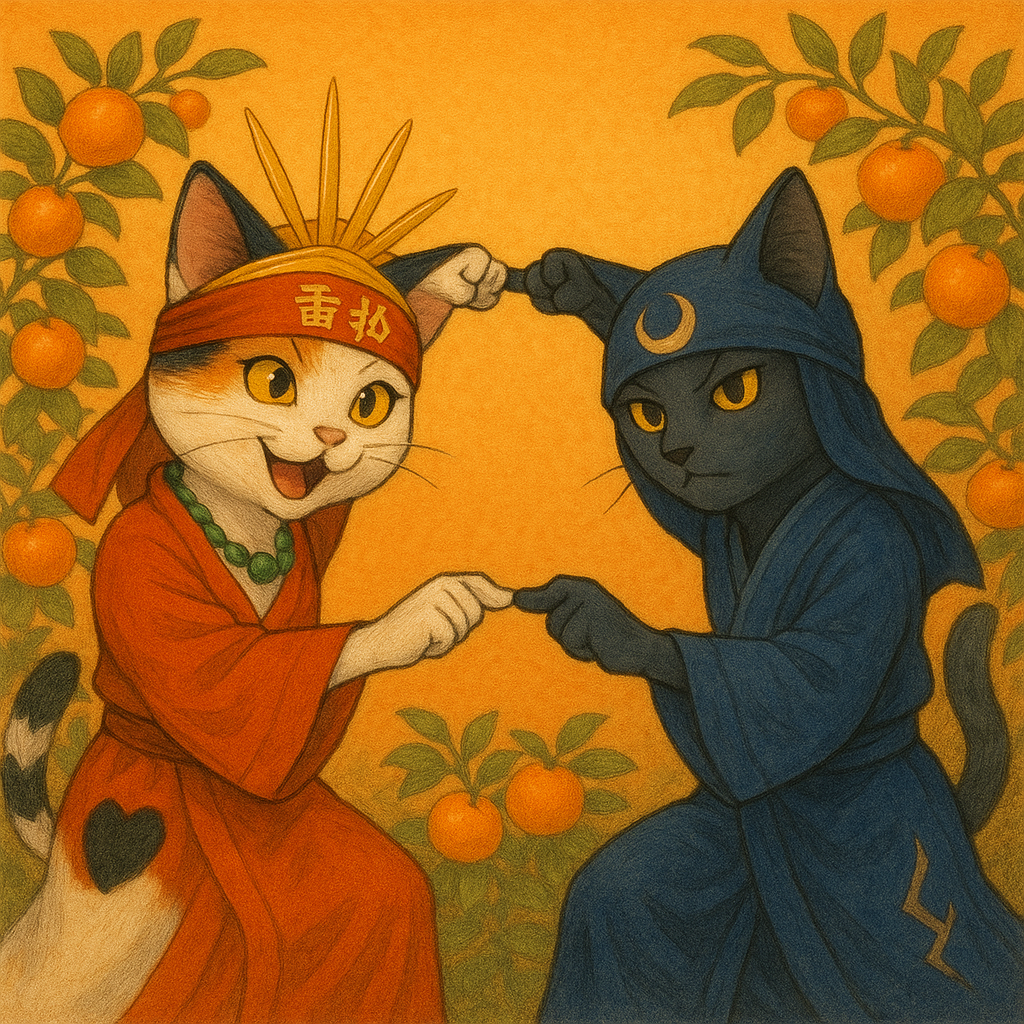
General interpretation
The "kagunoki" tree is the "tachibana" (citrus fruit).This is the most plausible interpretation.
Why Tachibana?
- Fragrance characteristics
- Tachibana is a fruit tree with a very strong fragrance
- "Kagu" = "kagu" (to smell)
- The flowers, fruit and leaves all give off a fragrant scent.
- Position in ancient Japan
- Sacred Treewas treated as
- Symbol of immortalityIt was said
- Deep ties to the Imperial familyThere is
The mythological meaning of Tachibana
Tachibana in the Kojiki and Nihon Shoki
- Tajimamoribrought back from the land of eternity,Extra-time confectionery(The scent of time)
- This is said to be the fruit of the tachibana.
- Elixir of ImmortalityIt is depicted as
Symbolic meaning
- eternity: Evergreen trees stay green all year round
- holiness: Deeply connected to the world of the gods
- vitality: A strong scent is a symbol of vitality
- nobility: It is also used in the Imperial family's coat of arms.
The "Kagu Tree" in the Hotsuma Tsutae
Link to Mt. Fuji
Even if the fragrant tree withers and fades,Interpretation of this song:
- "Kagu no Ki" = Sacred tree of Mount Fuji
- Mount Fuji is a sacred mountain
- A special tachibana tree grows there
- Symbol of the male god (Amaterasu)It is used as
- The meaning of "Even when withered, it still smells good"
- Tachibana leaves its fragrance even after it withers
- Influence continues even after deathA metaphor for
- Even after Amaterasu's death, his virtues continue to last.
Possibilities other than Tachibana
Other candidates
- Katsura
- The theory that "kagu" is an old way of reading "Katsura"
- It is said to be a sacred tree in the world of the moon.
- However, its fragrance is weaker than that of the orange.
- Camphor
- Has a strong scent
- A sacred tree often planted at shrines
- However, there is little connection to the sound "kagu"
Why Tachibana is the most powerful
- phonological match:Kagu = to smell
- mythological background: Correspondence with the Kojiki and Nihon Shoki
- Symbolic meaning: Masculinity, permanence, divinity
- Actual Features: Strong fragrance, evergreen
Traces of Tachibana remaining in the present day
Connection with the Imperial Family
- Ukon no Tachibana: Planted to the right of the Shishinden Hall
- Sakon no SakuraPaired with
- Tachibana isUnchanging, Sakura isThings that changeSymbolism
Literary representation
- Many appearances in the Manyoshu
- Symbolism of scentIt is recited as
- A symbol of eternityUsed as
Reinterpretation of the whole meaning of the song
Even if the fragrant tree withers and smells, I'll be happy, my wife, my wife, almost, even if it breaks, I'll be happy, my wife, almost,Interpretation based on Tachibana's theory
- "Kagu Tree": The sacred Tachibana of Mount Fuji = Amaterasu
- "Even when it dies it still smells good": Even if Amaterasu dies, her virtue (fragrance) will last forever.
- "Agazuma": A call to Princess Seoritz
- Overall meaning: The husband (God Amaterasu) died, but his influence lasted and was inherited by his wife (Princess Seoritsu)
summary
"Kagu no Ki" = TachibanaThis interpretation is the most plausible.
because:
- ✅ Phonetically consistent(kagu = to smell)
- ✅ Has a mythological background(Kojiki and Nihon Shoki)
- ✅ The symbolic meaning is appropriate(Permanence, Divinity, Masculinity)
- ✅ Actual characteristics match(Strong fragrance, evergreen)
This interpretation makes the structure of the story - Amaterasu's death, the perpetuation of his virtue, and its succession by Princess Seoritu - clearer.
"TachibanaPerhaps this fragrance contains a profound message that, like the fragrance of a true leader, the virtues of a true leader remain in the hearts of people long after that person has passed away.
The meaning of the code
| "Kagu Tree" | The tree of Mount Fuji = the male god (Amaterasu) |
| "Even when it dies it still smells good" | The male god has died, but the female goddess (Princess Seoritsu) still exists. |
| "Agazuma" | A call to the wife of Heavenly Wife = Amaterasu (Princess Seoritsu) |
| The meaning of the song as a whole | A song of succession, about a male god who has passed away, but a female goddess who will take over. |
What kind of god is Princess Seoritz?
- In the Kojiki and Nihon ShokiNot appearing at all, the mysterious goddess
- However, in the important prayer "Oharae no Kotoba", he appears as an important god who purifies sins and impurities.
- He has been worshipped throughout Japan as a god of water since ancient times.
Evidence remaining at shrines around the country
1. Hirota Shrine (Hyogo Prefecture)
It is worshipped as the rough spirit of Amaterasu Omikami.
Princess Seoritz was clearly stated as a god.
There is a high possibility that the wild spirit is Princess Seoritz.
2. Izushi Shrine (Mie Prefecture)
- Old recordsIt is written that "Hamatsuhime is the incarnation of Amaterasu Omikami."
- interpretation: Hamazuhime = Seoritsuhime = Amaterasu Omikami is a part of the Sun Goddess
3. Ise Grand Shrine Aramatsurimiya
- "The Chronicles of Yamatohime-no-Mikoto":Another name for the god of Aramatsurimiya is Princess Seorits.It is clearly written that
What happened in the Meiji period?
- Government policy change: It has been forbidden to worship Princess Seoritz.
- Name swap:Benzaiten"or"Princess IchikishimaChanged to a different name:
- the aim:In order to unite the country, Amaterasu Omikami was made the only god.A policy to elevate
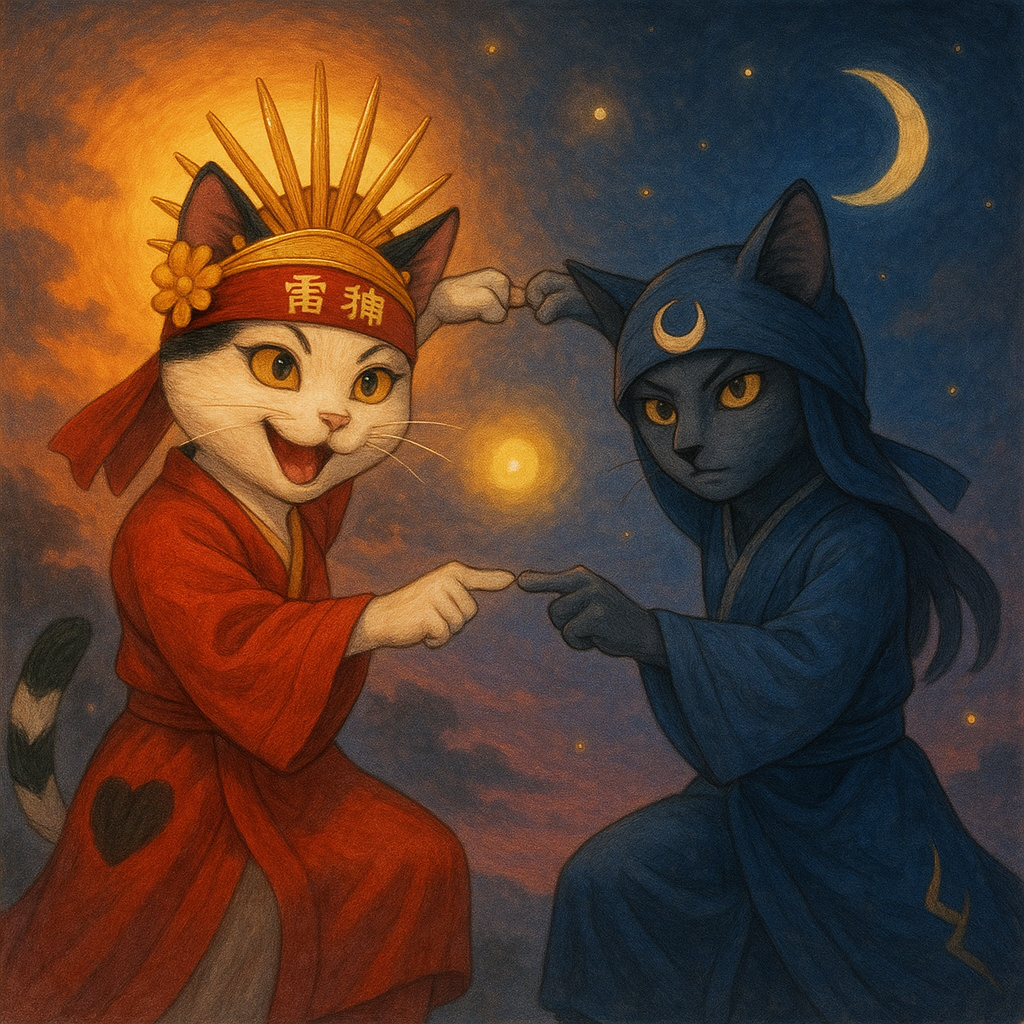
Conclusion: The true identity of Amaterasu Omikami
The shocking truth
Amaterasu Oomikami = Amaterasu (brave male god) + Princess Seoritsu (benevolent female god) combined into one
What happened
Originally: They were the gods of a brave husband and a loving wife who ruled the country together.
Tragic incidentThe brave god Amaterasu was killed by Susanoo.
TakeoverPrincess Seoritz continued to rule alone.
MythologizationOver time, the two gods were recorded as one god.
Gender mystery: Because she is both a brave male god and a compassionate goddess, confusion has arisen.
What this discovery tells us
Ancient Japanese Wisdom: Bravery and compassion, men and women working together to govern the country.traces of shinto" Heart
The Spirit of Shinto:The essence of religion that combines the bravery of battle and the compassion of forgiveness. A message for the modern age.
A message to the modern age: Let's remember the ancient Japanese spirit of strength, kindness, and acceptance of diversity
The true meaning of the Ama-no-Iwato legend
A story of a delicate goddess who became a recluse
A tale of the death of a brave god and his succession by a compassionate goddess
⚠️ Important points to note
This interpretation isHotsuma TsutaeIt is based on an ancient document called "The"Isn't it a fake made in the Edo period?"There are also opinions from scholars that say this. Please understand that this has not yet been clearly proven academically.
However, when we look at the records and legends remaining at shrines around the country, we find many interesting similarities.And above all, I think it is very significant that this new interpretation neatly resolves the contradiction in the previous interpretation that the brave god Amaterasu withdrew from his home due to a simple disturbance.
✨Don't you find it romantic to think that such a grand and profound story could have been hidden in ancient Japan?
The difference between Amaterasu Omikami and Amaterasu Omikami – a practical guide to how to tell them apart
What is the difference between Amaterasu Omikami and Amaterasu Omikami? 🤔
"AmaterasuGod" and "Amaterasu Omikami" What's the difference? Which one is correct?
Conclusion: Both are correct, but there is a difference in their usage
Amaterasu Oomikami(Amaterasu Omikami)Amaterasu Omikami(Amaterasu Wolf) is,Both are the same GodI am referring toThe level of honorific language and the situations in which it is used vary..
Let's take a closer look at the differences in the characters
Amaterasu OomikamiThere is a "Go"
AmaterasuOGodThere is no "Go"
Characteristics and meanings of each
Amaterasu Oomikami
🎌 Features
- Contains "Go" = More polite and respectful expression
- Often used in formal Shinto ceremonies and official documents
- The official name for shrines such as Ise Shrine
- A more formal expression
📝 Usage situation
- Norito (prayers) at shrines
- Formal Shinto Ceremony
- Official Religious Documents
- Formal occasions
Amaterasu Ookami
✏️ Features
- Simplified Representation
- Commonly used in general documents and everyday conversation
- It is also used in the Kojiki and Nihon Shoki.
- A more familiar expression
📚 Usage situation
- Academic and research books
- Books for the general public
- Daily conversation
- Newspapers and magazines
Let's look at historical usage
Examples of use in classical literature
| Literature name | Usage notation | Features |
|---|---|---|
| Kojiki | "Amaterasu Oomikami" "Amaterasu Oomikami" Use both | Use it according to the situation |
| Nihon Shoki | "Amaterasu Oomikami" Mainly use this | A tendency to prefer concise notation |
| Engishiki | "Amaterasu Oomikami" Emphasis on formality | Formal Shinto Ritual Book |
Are there differences based on region or sect?
🗾Regional differences
Generally, there are no major differences between regions.However, there are some trends:
- Ise region: Due to the influence of Ise Shrine, the name "Amaterasu Omikami" is often used.
- Kansai Region: Both are used due to the influence of classical literature
- Other Regions: There is no significant bias
⛩️ Differences depending on the shrine
| Ise Shrine | Officially, "Amaterasu Oomikami" is used |
| Shinmei Shrine | Many use "Amaterasu Omikami" |
| Academic Institutions | Often uses "Amaterasu Omikami" |
🌅 Summary 🌅
Amaterasu Omikami is a brave male god and a compassionate female god.
Perhaps it was a god with a very deep meaning who became one.
Value both strength and kindness
The Japanese SpiritI think this represents something like that.
Perhaps the integrated form of yin and yang is the final form.
Being able to understand both the hearts of men and women may be what it means to be strong and kind..
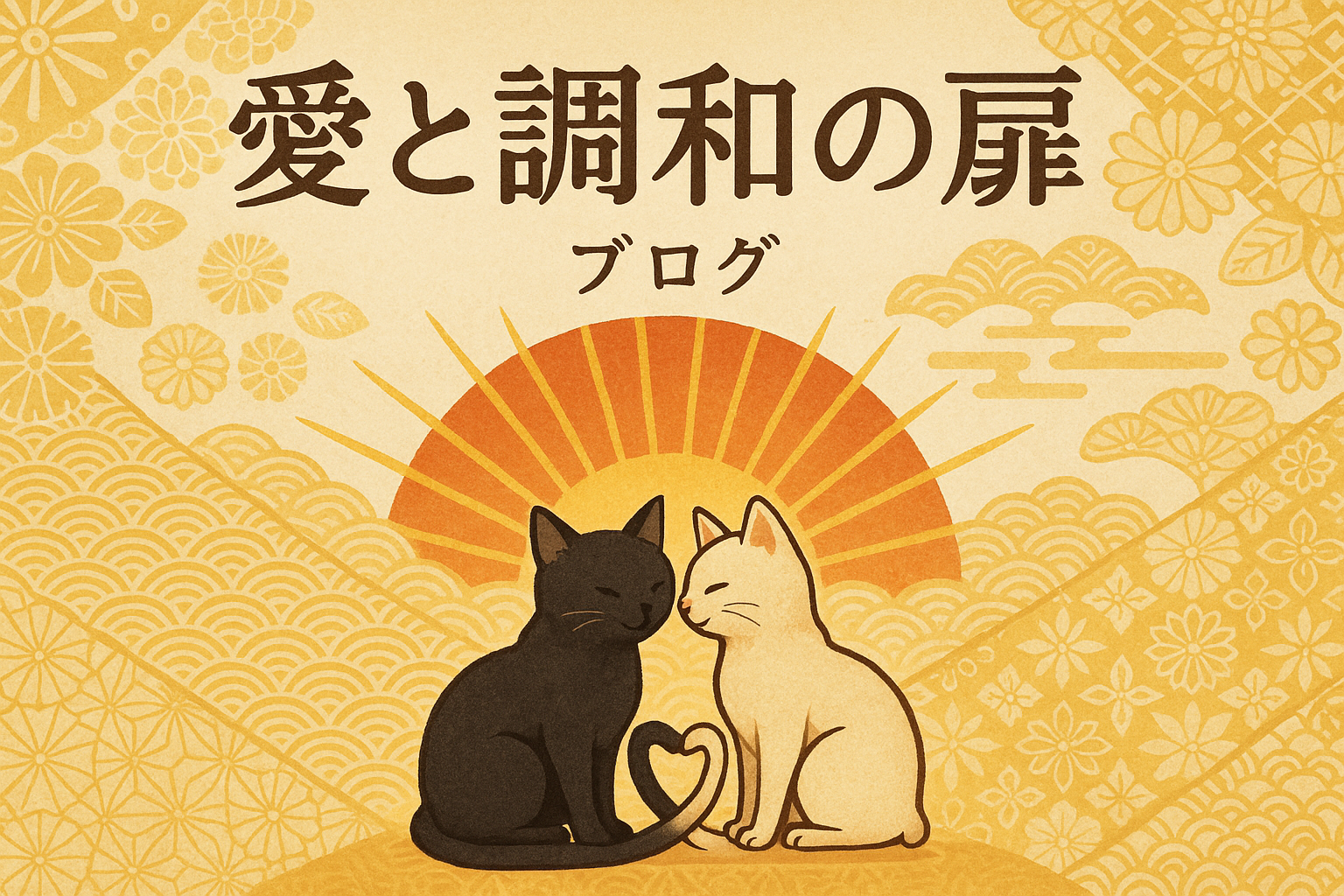
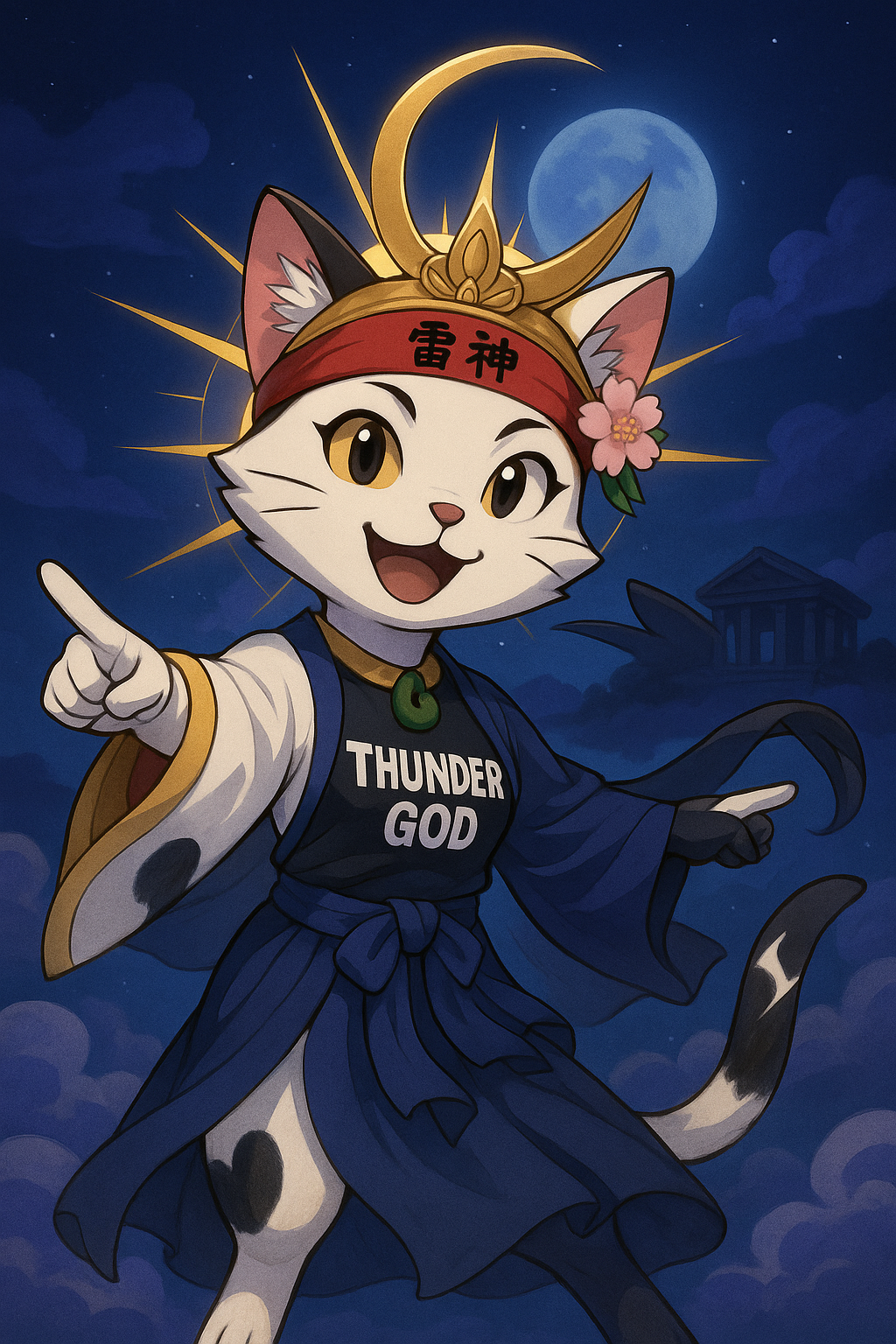

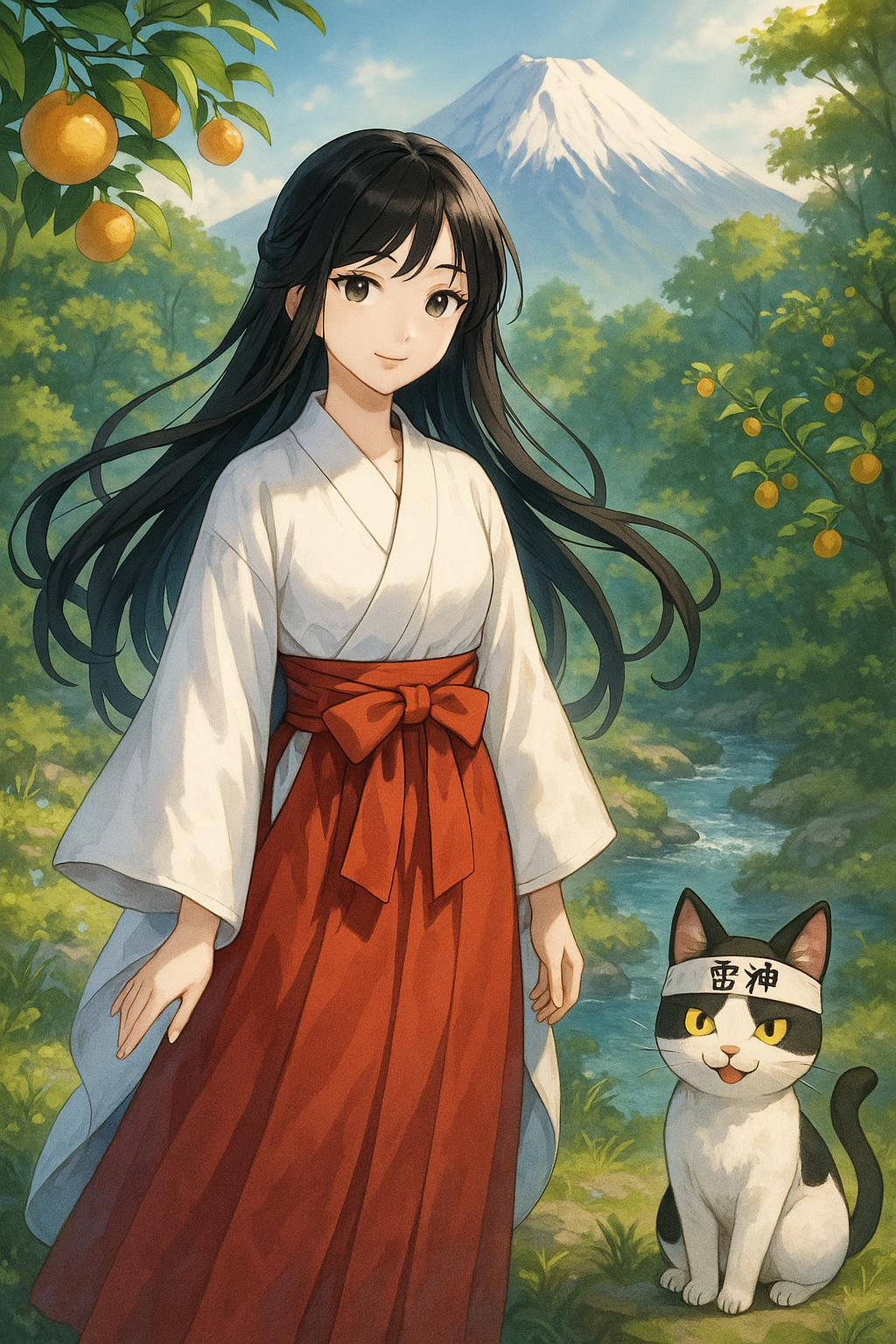
comment